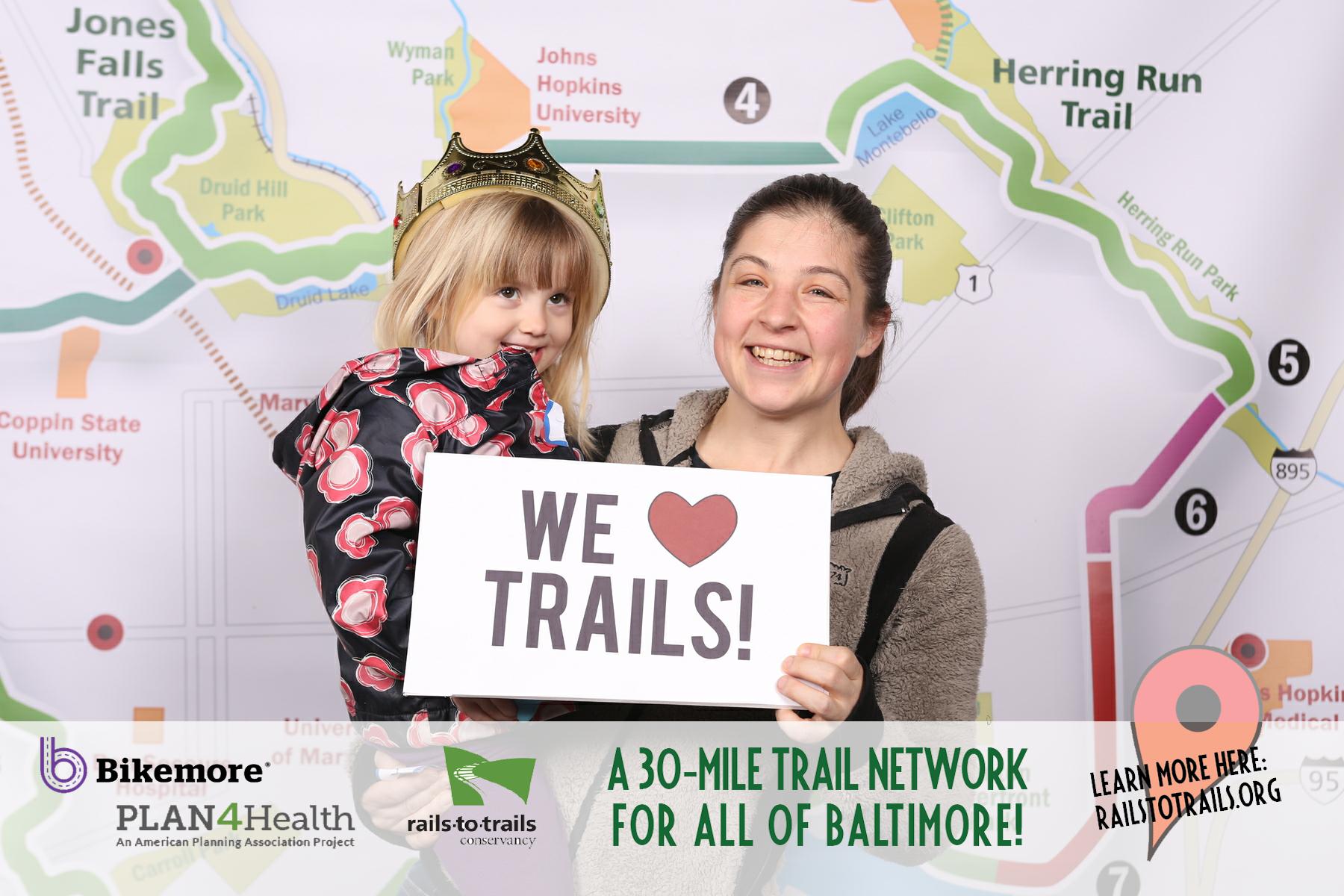As transportation advocates, it is sometimes necessary to zoom out on an issue and look to understand why Baltimore City has not seen the level of transportation investment of our peer cities.
Repealing the fare box recovery mandate is the first wall people who care about progressive transportation reform must knock down in order to further the debate on how and where we make investments in public transport.
So whether you ride a bike or take a bus, we urge you to contact your lawmakers and tell them to support HB0271, which will repeal MTA's farebox recovery mandate.
Tell your legislators to vote YES on repealing the farebox recovery mandate:
More On Repealing the Farebox Recovery Mandate
The farebox recovery mandate is a state rule that says 35% of the total operating costs for MTA's Baltimore area services must be recovered from fares and other revenues. This mandate only applies to MTA's services in Baltimore, not other jurisdictions. This mandate on public transport service in the Baltimore area is just one of three aggressive mandates nationwide, and it is the highest mandate in the country.
The MTA has never met the farebox recovery mandate. But since they're legally mandated to try, they have had to focus on cost cutting instead of service improvements that could bring additional revenue and ridership. This forces MTA to be regressive, it stifles ingenuity in route planning and service delivery, and it prevents forward thinking conversations around public transport from occurring.
If we want to advance the dialogue in our city and state around progressive transportation funding and safe, reliable access for all road users, we have to start by addressing this major barrier.
Thank you to Delegate Brooke Lierman for introducing HB0271. Co-sponsors include Delegates Anderson, Barron, Beidle, Branch, Clippinger, Ebersole, Glenn, Hayes, Hettleman, Korman, Lafferty, R. Lewis, McCray, Oaks, Robinson, and M. Washington.
Other advocates for this bill include: Get Maryland Moving, the Central Maryland Transportation Alliance, the Baltimore Transit Equity Coalition, the Baltimore Community Foundation, and the Baltimore Sun Editorial Board.




















